To provide the best experiences, we use technologies like cookies to store and/or access device information. Consenting to these technologies will allow us to process data such as browsing behaviour or unique IDs on this site. Not consenting or withdrawing consent, may adversely affect certain features and functions.
The technical storage or access is strictly necessary for the legitimate purpose of enabling the use of a specific service explicitly requested by the subscriber or user, or for the sole purpose of carrying out the transmission of a communication over an electronic communications network.
The technical storage or access is necessary for the legitimate purpose of storing preferences that are not requested by the subscriber or user.
The technical storage or access that is used exclusively for statistical purposes.
The technical storage or access that is used exclusively for anonymous statistical purposes. Without a subpoena, voluntary compliance on the part of your Internet Service Provider, or additional records from a third party, information stored or retrieved for this purpose alone cannot usually be used to identify you.
The technical storage or access is required to create user profiles to send advertising, or to track the user on a website or across several websites for similar marketing purposes.
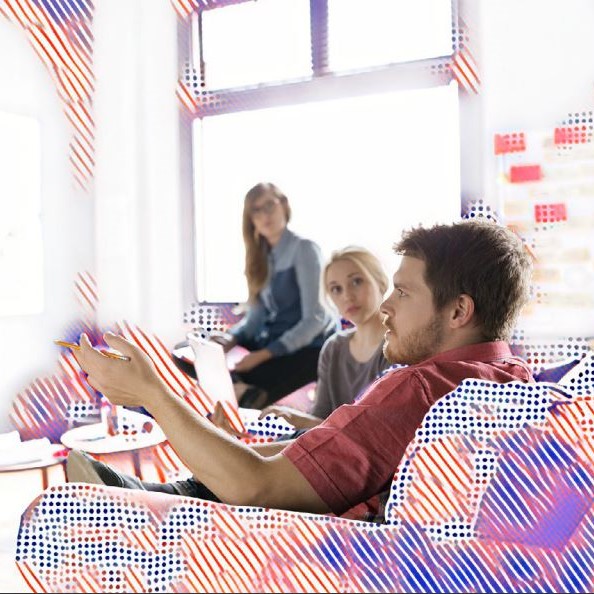 Almost all (98 percent) employers believe that their employees’ financial wellness has a direct impact on productivity and their business performance – especially concerning employee productivity (67 percent) and engagement (62 percent). This is according to the Future of Pay research study (registration) by technology firm ADP, which surveyed 4,000 employees and 2,900 businesses to explore workers’ perceptions and attitudes towards traditional and emerging pay methods to address some of the biggest human capital management concerns. (more…)
Almost all (98 percent) employers believe that their employees’ financial wellness has a direct impact on productivity and their business performance – especially concerning employee productivity (67 percent) and engagement (62 percent). This is according to the Future of Pay research study (registration) by technology firm ADP, which surveyed 4,000 employees and 2,900 businesses to explore workers’ perceptions and attitudes towards traditional and emerging pay methods to address some of the biggest human capital management concerns. (more…)








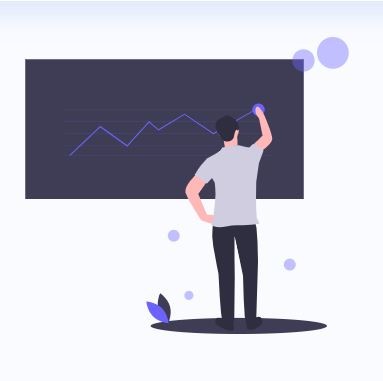




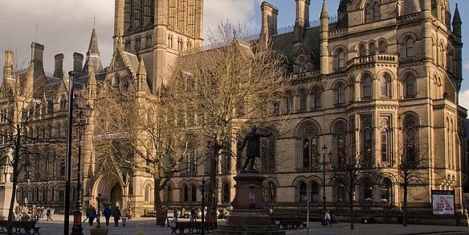
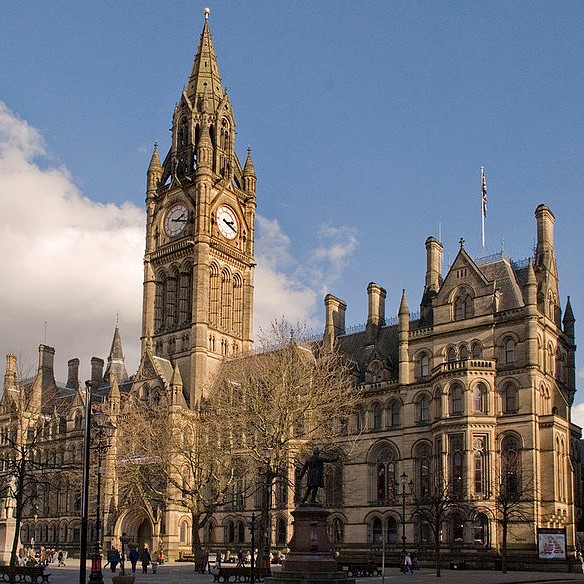
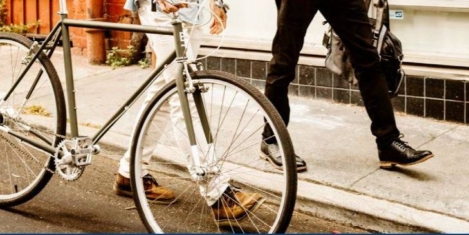
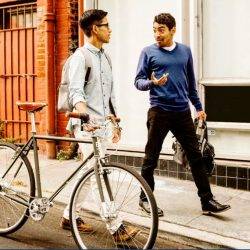
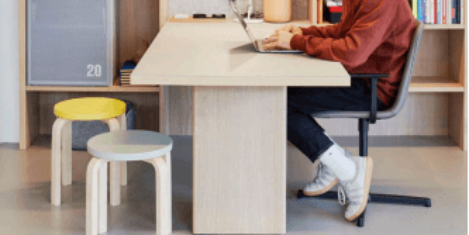
 For many working parents the summer school holidays can be a cause of stress instead of a time for rest and relaxation.With children no longer occupied at school, many parents choose to work from home to juggle both work and childcare, but productivity can suffer with family, pets and noisy household appliances found to be the main distractions for home workers. The
For many working parents the summer school holidays can be a cause of stress instead of a time for rest and relaxation.With children no longer occupied at school, many parents choose to work from home to juggle both work and childcare, but productivity can suffer with family, pets and noisy household appliances found to be the main distractions for home workers. The 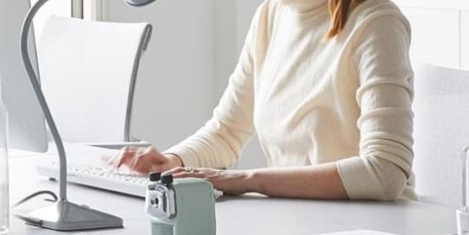

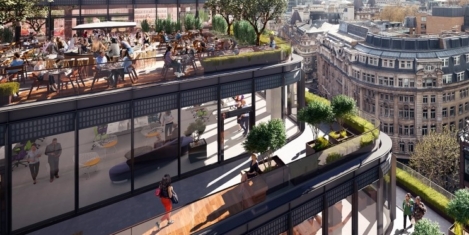
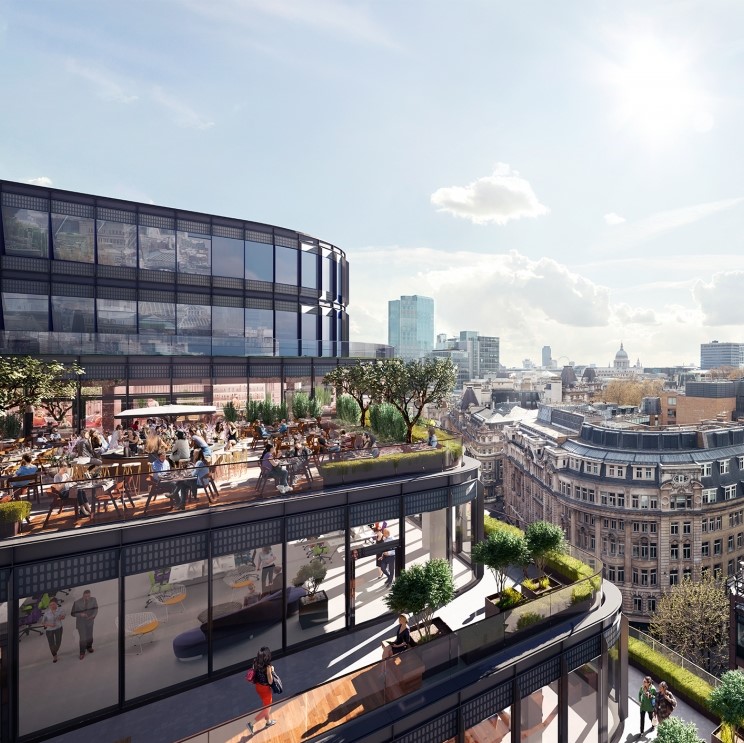

 With studies claiming almost as many women with children (74.1 percent) participated in the labour force as women without, in 2014, women who are juggling careers and motherhood benefit from flexibility at work the most. Recent research claims women account for 40 percent or more of the total labour force in several countries, making flexible working hours, extended
With studies claiming almost as many women with children (74.1 percent) participated in the labour force as women without, in 2014, women who are juggling careers and motherhood benefit from flexibility at work the most. Recent research claims women account for 40 percent or more of the total labour force in several countries, making flexible working hours, extended 








August 15, 2019
Reasons to be agile, part three
by Sarah Booth • Comment, Workplace design